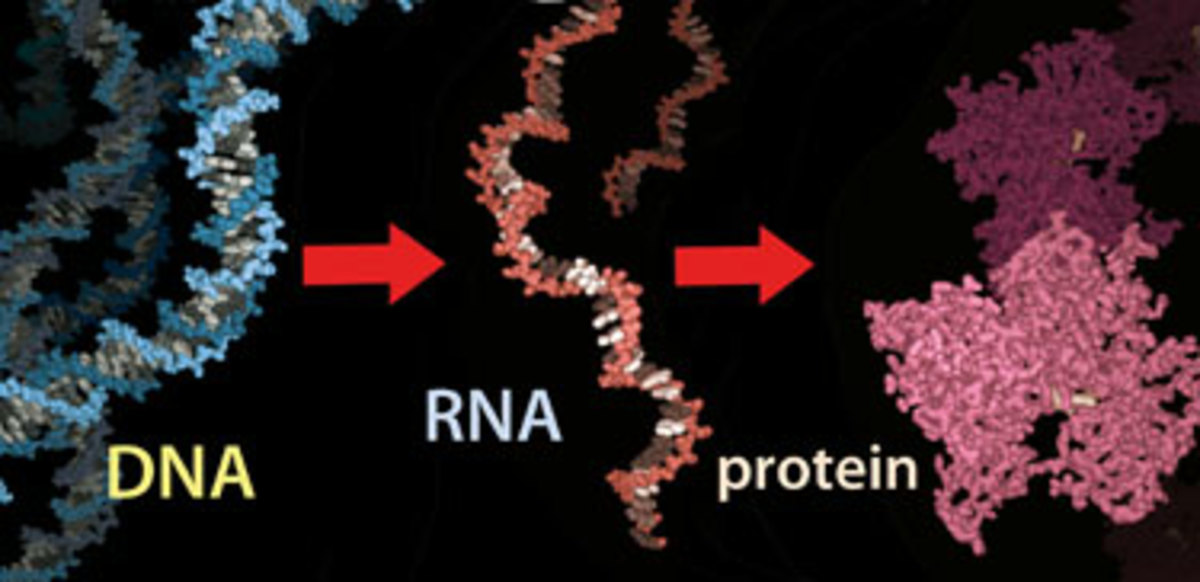Promises, Promises – How To Avoid Breaking Your Promises

Promises, Promises – How To Avoid Breaking Your Promises
September 9, 2013
Winston Wayne Wilson
@wwaynewilson
“Magic trick: to make people disappear, ask them to fulfill their promises.” ~Mason Cooley
Promises are endearing – they are like music to our ears. That is why we love to hear them as well as make them. However, when it comes to promises, the above quote says it all. In the spur of the moment, we might be quick to spew out promises but, when it comes time to deliver, we come to our senses and realize that we are unable to deliver or we simply do not want to deliver. Hence, our promises become a statistic - in other words they become broken.
A promise is defined as “a declaration or assurance that one will do a particular thing or that a particular thing will happen.” Reciting a wedding vow; offering to help someone; providing assurance that we will return a call; giving guarantees about a corporate brand or a particular service; making a commitment to attend a special event; and New Year’s resolutions are all examples of promises that we enthusiastically make. On any given day, however, countless numbers of these promises are broken, sometimes as quickly as they are made.
Why does any of this matter? Well, breaking promises can adversely impact our reputation. Whether it is at work or in our personal lives, none of us want to be stereotyped as being unreliable because nothing we promise to do ever gets done. The good news is that none of us has to suffer such reputational damage. Here are some tips on how to avoid making empty promises and to keep your reputation intact.
- Under-promise and over-deliver. According to Mae West, "An ounce of performance is worth pounds of promises.” In other words, your performance trumps your words. Clearly, results matter in every aspect of your work and personal lives. Take work for example - telling your boss that you can deliver a top notch project overnight might sound great and send endorphins rushing to both your heads when you say it; however, saying you will do something is not the same as getting it done. The more elaborate and unrealistic your promise is the less likely it is that you will be able to deliver. Moreover, the bigger the promise, the bigger the expectation and the bigger the disappointment as well as damage to your reputation when that promise is broken. The key here is to avoid overselling when we make a promise. If you undersell, you will manage expectations more effectively. It is better for your boss to say, “Wow, I did not expect this”, than for him or her to say, “That’s it?” Another key to successfully under-promise and over-deliver is to be honest about your ability to deliver. Specifically, this requires you to factor in impediments, downsides, and worst-case scenarios. Also, you should resist the urge to tell people what they want to hear. Promises are by nature optimistic gestures. Hence, we like to manage people towards the upside or best-case scenario and completely ignore the downside. We all do this more than we think. For example, when we are running late, if we are 30 minutes away we might be inclined to promise others that we will get there in 15 minutes. We say this because we want them to feel hopeful that we will get there soon. Good intentions; however, the truth is that we are 30 minutes away and we can never deliver on the promise of getting there in only 15 minutes. If we do this often enough we will gain a reputation of stretching the truth and being unreliable in terms of being punctual. Rather than reduce our estimate of how late we are, we should actually increase the estimate and then beat it. Remember, it is better to beat our worst-case scenario than to grossly miss our best-case scenario.
- Avoid making promises under duress. The following lines in Robert Frost’s poem, “Stopping by Woods on a Snowy Evening”, remind us that a promise is a big responsibility: “The woods are lovely, dark and deep. But I have promises to keep, and miles to go before I sleep.” As I mentioned before, promises can be comforting. They can make people feel good. For example, the promises we make can make our bosses sleep a night, make someone in need feel hopeful, or make our friends and families feel assured. That is a lot of pressure to make people feel good. Part of the reason that we sometimes get stuck in promise making mode (versus execution mode) is that we are making promises under some kind of emotional duress. In other words, we sometimes make promises to help others out of guilt – they tell us a sad story or express a need and we feel bad if we do not offer to help. Despite our good intentions, if we are responding under duress, we will subsequently fall short if we do not have the wherewithal to deliver. Feeling sympathy for others is great but we must still face our own financial truth if they are asking for money. If they are asking us to offer our time we have to be comfortable that our schedules can really accommodate the promises we make. If we make promises under duress, as soon as the person walks away and reality sets in, we are going to be disappointed with ourselves for offering to give money or time that we don’t have. Moreover, we will feel even worse knowing that we now have to create an excuse to back out of the promise – thereby intensifying the guilt. Again, the best way to dodge this situation is to avoid making a promise, on the spot, under duress. It is always better to say, “I am not sure I can help out. Let me think about it.” People already know that when we say we have to think about something oftentimes the answer is, “No”. However, if you walk away and determine that you can really deliver on the promise then they will be pleasantly surprised by your “Yes” response.
- Don’t promise what you cannot deliver quickly. Norman Vincent Peale remarked that, “Promises are like crying babies in a theater, they should be carried out at once.” The real work starts after we make a promise. Immediately after making a promise, we should add it to our to-do list, including all the necessary steps that are required to deliver. Right after that, we should start executing the steps. The more time that passes after making a promise the lesser the chance that we will remember to execute it. Simply making a promise is akin to blowing smoke. People want to see the fire not just the smoke. To make fire we have to immediately grab those dry sticks and start boisterously rubbing them together. Oftentimes, however, we are unable to immediately deliver on a promise because it was disingenuous. A disingenuous promise is essentially a lie because, right off the bat, we know that we are unable to or we have no intention of fulfilling it. Our best bet here is to simply bite our tongue and promise nothing. If our plate is already full we should not promise to take on more responsibility. In general, we should avoid promising to do things for which there are constraints (i.e. limited money, time, support and access) on our ability to immediately deliver on our promise. We should avoid making promises based on what Superman, Wonder Woman or Speedy Gonzalez can do. Rather, we should focus on our own ability to deliver during a fairly quick timeframe. What makes a promise memorable is when someone says they are going to do something and shortly thereafter it is done. It tells the recipient that we took the promise seriously and that we did not forget. True, they say it is better late than never; however, nothing beats promptly fulfilling a promise.
My challenge for you is to practice pressing pause before you let a promise slip out. Think about your intentions in making the promise. Are you making a promise under duress? Are you over-selling or biting off more than you can chew? Remember, it is better to surprise people with unexpected results than to disappoint them by not delivering on an inflated promise.








